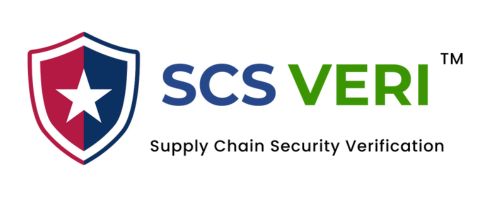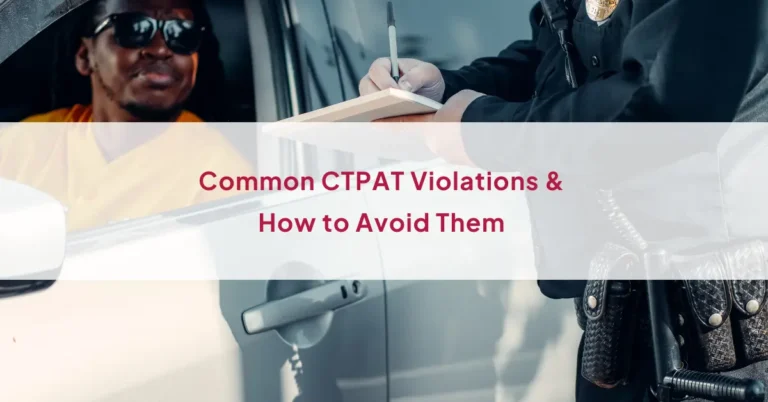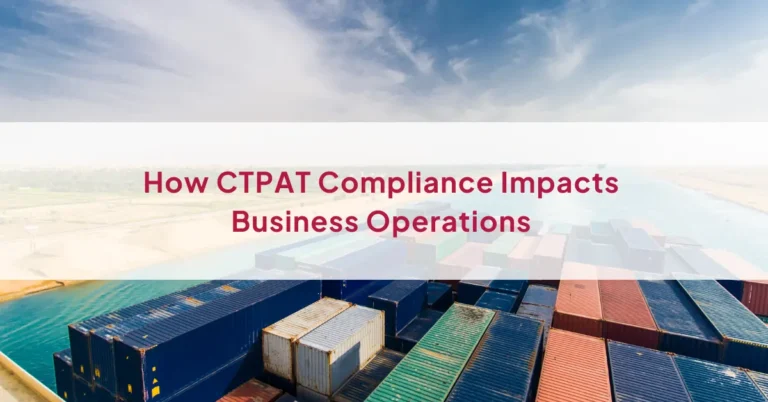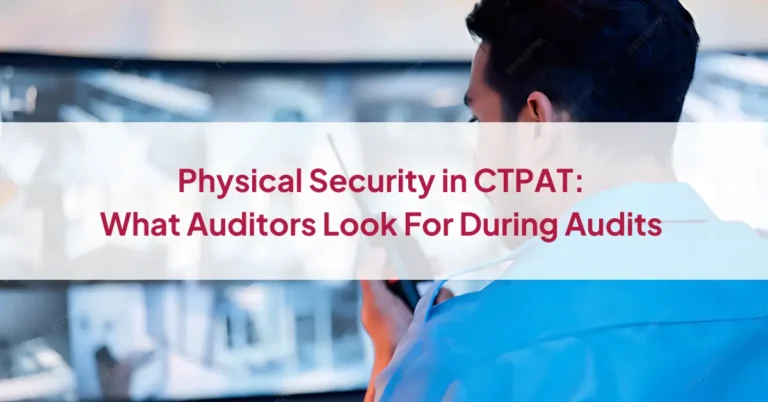
In today’s global trade environment, supply chain security is not just a best practice—it’s a strategic necessity. The Customs-Trade Partnership Against Terrorism (CTPAT), led by U.S. Customs and Border Protection (CBP), emphasizes the importance of securing every link in the supply chain.
At the core of the CTPAT framework lies Risk Assessment—a structured approach to identifying potential vulnerabilities and threats within international supply chains. For businesses engaged in U.S.-bound trade, understanding and implementing effective risk assessments is essential to align with CTPAT’s Minimum Security Criteria (MSC).
This blog explores the critical role of risk assessment in the CTPAT audit process, particularly for manufacturers, exporters, and logistics providers operating across Asia. It also explains how independent audit firms like RSJ Inspection support businesses by objectively evaluating their compliance with CTPAT expectations.
What Is Risk Assessment in the CTPAT Context?
Risk assessment in the CTPAT ecosystem involves a systematic review of potential threats and vulnerabilities within the supply chain—ranging from physical security to IT systems, employee access controls, and more.
CBP recommends a 5-step risk assessment process which includes:
For businesses, this is not a one-time activity but a continuous improvement cycle that reflects changing geopolitical risks, regulatory updates, and operational changes.
Why Risk Assessment Matters in CTPAT Audits
When conducting a CTPAT audit, risk assessment plays a central role in verifying a company’s alignment with MSC. It demonstrates a proactive approach to security and shows that the organization:
From a CBP perspective, a well-executed risk assessment is strong evidence of a company’s readiness to meet CTPAT expectations.
How Risk Assessment Is Evaluated in a Third-Party CTPAT Audit
s an independent third-party inspection and audit company, RSJ Inspection plays a vital role in providing an objective evaluation of a company’s security practices, including its risk assessment approach.
During a CTPAT audit, the audit team typically reviews:
It is important to note that RSJ does not offer consultancy, advisory services, or corrective action implementation. Our role is strictly limited to evaluating and reporting what is in place, without prescribing solutions—thus maintaining full neutrality and transparency.
Who Benefits Most from Robust Risk Assessment?
CTPAT-member U.S. importers often look for risk assessment processes among their global supply chain partners. Suppliers and service providers across India, China, Vietnam, Bangladesh, and Pakistan who align with these practices can:
Final Thoughts
Risk assessment isn’t just a documentation requirement—it’s a mindset shift toward proactive supply chain security. In CTPAT audits, it reflects your company’s awareness, accountability, and commitment to international trade integrity.
Independent audits by RSJ Inspection provide clarity on how well your risk assessment processes align with CTPAT expectations, without overstepping into advisory or consultancy. Our focus is always on transparent, unbiased evaluation—a critical step in today’s fast-evolving trade environment.
Interested in understanding how your supply chain risk assessment measures up?
Get in touch with RSJ Inspection for a professional, third-party CTPAT audit—delivered with independence, precision, and integrity.



